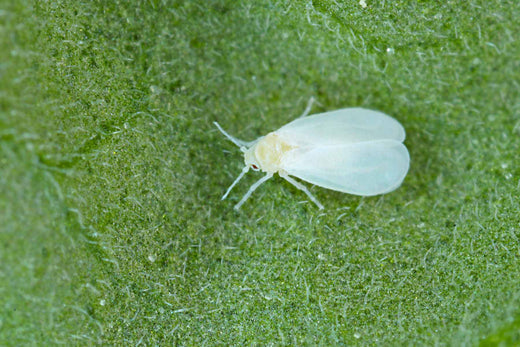If you've noticed a flurry of small white insects around your plants or witnessed the damage these pests can cause, you're not alone. Whiteflies, known for their ability to harm plants and spread rapidly, are common pests for both indoor and outdoor gardeners.
In this article, we’ll dive into everything you need to know about whiteflies—from understanding the different types of whiteflies and recognizing how they infest and damage plants, to exploring effective ways to rid your plants of these unwelcome guests.
Whether you're growing tomatoes indoors or these pests have targeted your ornamental flowers, there are numerous strategies you can employ to control and prevent whitefly infestations. Armed with the right knowledge and tools like our Natural Plant Protector, you can protect your plants without resorting to harsh methods that might do more harm than good.

Understanding Whiteflies
What are Whiteflies?
Despite their name, whiteflies are not true flies but small, winged insects more closely related to aphids and mealybugs, thriving. These tiny pests thrive on the undersides of leaves, are covered with a white, waxy substance and can cause significant damage to plants through their feeding habits.

Species of Whiteflies
There are over 1500 species of whiteflies, but a few are more commonly encountered in gardens and greenhouses:
Greenhouse Whitefly (Trialeurodes vaporariorum): True to its name, this species thrives in greenhouse environments but is also found in indoor spaces where temperatures are regulated. It's one of the most widespread and problematic species, affecting most of ornamental and vegetable plants.
Silverleaf Whitefly (Bemisia tabaci): Particularly notorious among farmers and gardeners, the Silverleaf whitefly is a major agricultural pest. It is known for its ability to transmit plant viruses, especially in warm climates, and can affect a wide array of crops from tomatoes to cotton.
Bandedwinged Whitefly (Trialeurodes abutilonea): This species is identified by the distinctive banding pattern on its wings. It is less common but can still pose a threat to various vegetable crops and ornamental plants.
Giant Whitefly (Aleurodicus dugesii): As the name suggests, this species is larger than its cousins and can be identified by the long, waxy filaments it secretes, which look like a beard hanging from the undersides of affected leaves. It's commonly found on tropical plants and can be quite a challenge to manage due to its size and the protective wax it produces.
Each species has its own preferences for host plants and environmental conditions, but all share the common trait of feeding on the sap from the undersides of leaves. This feeding style not only weakens plants by depriving them of essential nutrients but also leads to secondary issues such as the growth of sooty mold on the honeydew they excrete, which can further hinder photosynthesis and plant health.

Lifecycle of Whiteflies
Whiteflies undergo four stages: egg, nymph, pupa, and adult. The adult female lays her eggs on the underside of leaves, which hatch into nymphs. These nymphs, which do not move and are almost invisible to the naked eye, feed on the plant by extracting sap. After going through several molts, they emerge as winged adults ready to infest other plants. This cycle can occur very quickly, especially in warm environments, leading to rapid increases in whitefly populations.
Common Plants Affected by Whiteflies
Whiteflies are not particularly picky about their host plants, commonly infested indoor plants include tomatoes, citrus plants, and ornamental flowers. In outdoor vegetable gardens, they are often found on cabbage, kale, and other leafy greens.

Identifying an Infestation
Catching a whitefly infestation in its early stages is crucial for safeguarding the health of your indoor plants. These pests can be quite stealthy, but there are several telltale signs that can alert you to their presence before they cause irreversible damage.
Tiny White Creatures Flying Around the Plant
One of the most noticeable signs of a whitefly infestation is the sudden appearance of tiny white insects fluttering around your plants, especially when they are disturbed. Whiteflies are small, with powdery white wings, and although they might look delicate, they are fast fliers.
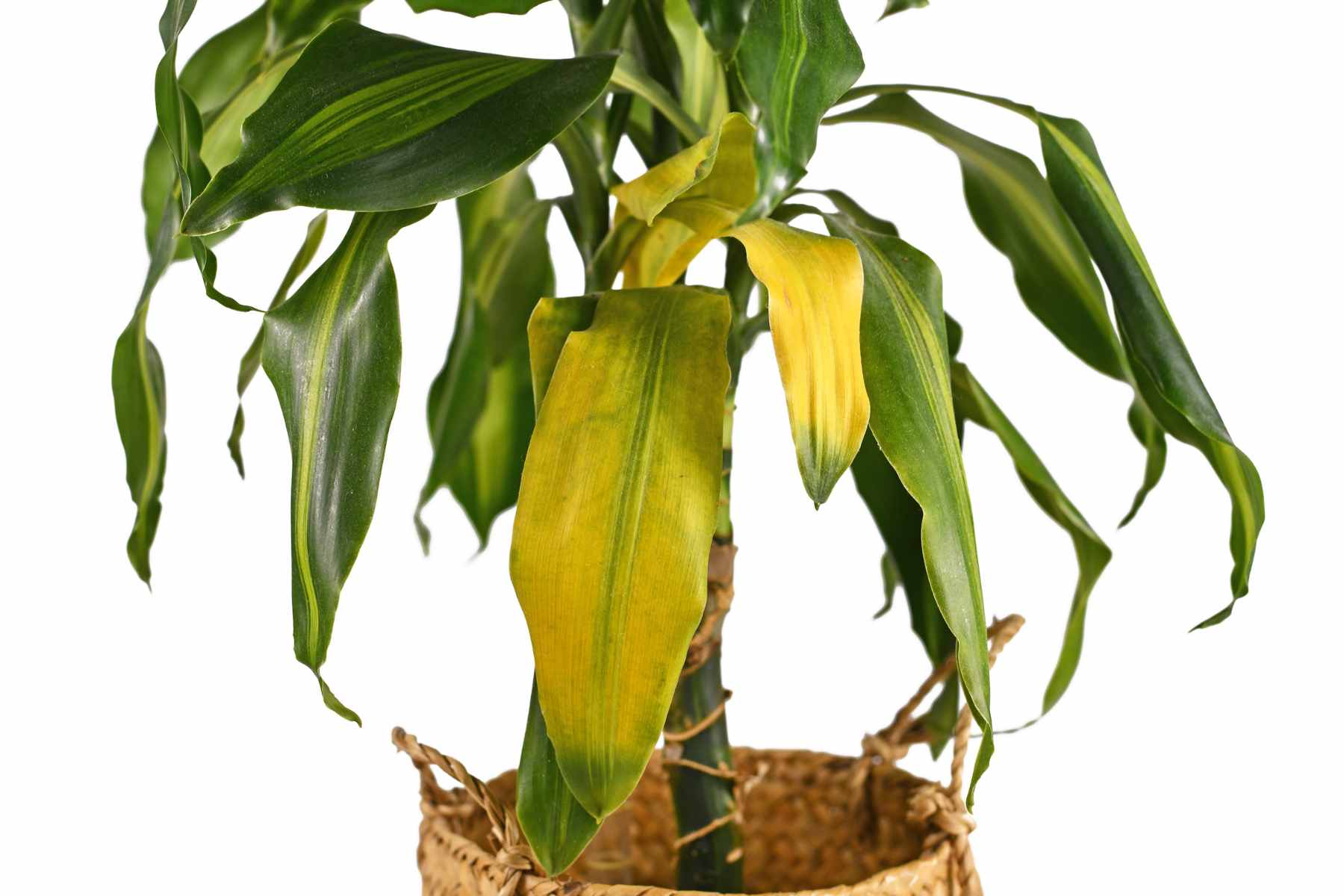
Yellowing of Leaves
Another common symptom associated with whitefly activity is the yellowing of leaves. This occurs because whiteflies feed on the sap of plant leaves, sucking out essential nutrients and disrupting the plant's ability to photosynthesize effectively. Initially, this might appear as small, irregular yellow spots or patches on the leaves. Over time, as the infestation worsens and more nutrients are depleted, entire leaves can turn yellow and may eventually drop off the plant.
Sticky Residue and Sooty Mold
As whiteflies feed, they excrete a sticky substance known as honeydew. This sugary residue accumulates on the leaves and stems of the plant, making them feel tacky to the touch. Honeydew serves as a breeding ground for a fungal disease known as sooty mold. This mold appears as dark, soot-like spots on leaves and stems, which can grow and spread if the infestation is not controlled. Sooty mold can significantly inhibit photosynthesis, further weakening the plant by blocking light from reaching the leaf surfaces.

Poor Plant Growth or Stunted Development
A less immediate but equally troubling sign of a whitefly infestation is poor plant growth or stunted development. Whiteflies can severely stress plants by depleting their vital nutrients and introducing diseases. Infested plants often show signs of weakness such as stunted growth, a lack of new leaves or flowers, and an overall decline in health and appearance. If your plants are not thriving despite proper care, it’s worth inspecting them for whiteflies or other pests that could be impacting their health.
How to Inspect Your Plants for Whiteflies
Regular inspection of your indoor plants is crucial for early detection and control of whiteflies. Focus on the underside of the leaves where whiteflies lay their eggs and where the nymphs reside. Use a magnifying glass for a closer look if necessary. Yellow sticky traps can also be placed near the plants to monitor adult whiteflies.

Whiteflies on Tomatoes
Tomato plants are one of the most common victims of whitefly infestations, especially in indoor settings where environmental conditions are controlled. Whiteflies are attracted to tomato plants for their soft, tender leaves which are easy to penetrate for feeding. An infestation usually begins on the lower leaves before spreading to the entire plant. The signs include a sticky residue on leaves, yellowing, and a general wilted appearance as the plant becomes increasingly stressed from nutrient loss.
Applying our Natural Plant Wash as directed can help control whiteflies by suffocating them without harming the plant, ensuring that your tomatoes remain healthy and vibrant. Frequent application of our natural and organic pesticide during the early stages of infestation is recommended because it can prevent the whiteflies from causing significant damage and spreading to other plants.

Whiteflies on Citrus
Citrus plants, including lemons, oranges, and limes, are also highly susceptible to whitefly infestations. Whiteflies are drawn to these plants for their dense foliage and sweet sap. They typically infest the underside of the leaves, sucking the sap and reducing the plant's vitality. Over time, a severe infestation can weaken a citrus plant significantly, impacting fruit production and quality.
The control of whiteflies involves not just treating the plants but also preventing reinfestation. Regular cleaning of leaves can help remove any eggs or larvae. Our Natural Plant Wash is particularly effective for citrus plants as its gentle when used as directed yet powerful formula protects them without the risk of chemical residues affecting the fruit.

Susceptible Houseplants
Besides tomatoes and citrus, many other houseplants are prone to whitefly attacks. These include but are not limited to ornamental flowers like petunias, various types of herbs, and decorative houseplants such as ficus and poinsettias.

Our Natural Plant Wash: A Natural and Organic Solution to Control Whiteflies
How Our Product Controls Whiteflies
Lost Coast Plant Therapy is crafted from a blend of natural and organic ingredients that work synergistically to control whiteflies by physically interfering with their life cycle. When applied to infested plants, the unique formulation coats the whiteflies, disrupting their ability to survive. Additionally, our Natural Plant Protector causes dehydration in these pests, disrupting their ability to survive and reproduce on your plants.
One of the critical features of our product is that it does not rely on conventional synthetic pesticides to kill pests. Instead, it creates an inhospitable environment for whiteflies, which is crucial because it means there's no chance for them to develop resistance over time, a common problem with traditional chemical pesticides.

Benefits of Using Lost Coast Plant Therapy
The benefits of using our Natural Plant Wash extend far beyond its effectiveness in controlling whiteflies. Here are some of the key advantages that make our product a preferred choice for gardeners and houseplant enthusiasts:
Safe When Used as Directed for Plants and the Environment: Our wash is made from natural and organic ingredients that are tough on pests but gentle on plants. This means you can use it throughout your garden or home when used as directed, ensuring effective protection for your plants and the environment. It's perfectly suited for organic gardening, where the health of the ecosystem is as important as pest control. See our full. list of ingredients here.
No Lasting Residues: Since our product is made from natural and organic components, it does not leave lasting residues on plants or in the soil when used as directed.

Easy to Use: Our Natural Plant Protector is also designed for convenience. It comes in a concentrated form that you simply dilute with water and apply using a sprayer. Thorough application ensures that every part of the plant is protected, providing an effective barrier against whiteflies and other common garden pests like aphids, thrips, spider mites, russet mites or powdery mildew.
Supports Plant Health: Beyond controlling pests, our Natural Plant Wash helps maintain plant health by washing off sooty mold and honeydew, which can attract other pests and diseases. This cleaning action allows plants to photosynthesize more efficiently, contributing to their overall vitality and growth when used as directed.
By choosing Lost Coast Plant Therapy, and applying as directed, you are not only getting rid of whiteflies effectively but also nurturing a healthier garden environment. Its ease of use, coupled with its safety and efficiency, makes it an essential eco-friendly when used as directed product for anyone serious about maintaining a vibrant and thriving garden free from the ravages of pests.

Application Techniques for Maximum Effectiveness
Preparation: Begin by thoroughly shaking the concentrate. This ensures that all the natural ingredients are well mixed for an even distribution when diluted with water.
Dilution: Dilute the concentrate as per the instructions on the label— add 1 oz per gallon of water to create the mixture.
Sprayer Preparation: Pour the diluted solution into a clean spray bottle or garden sprayer. It’s important to use clean equipment to prevent contamination and ensure the sprayer functions properly.
Coverage: Spray the solution liberally over your plants. Focus on the undersides of leaves. The goal is to coat all surfaces thoroughly.
Agitation: Regularly agitate the sprayer as you go. This action keeps the natural ingredients in suspension and maintains an even consistency in the spray, which enhances its effectiveness.
Follow-Up Applications: Depending on the severity of the infestation, it may be necessary to apply the wash several times. Typically, a follow-up application should be done about 5 to 7 days after the initial treatment to address any newly hatched whiteflies.
Maintenance: To prevent future infestations, apply Lost Coast Plant Therapy every few weeks as a preventive measure. When used as directed, this routine application helps keep potential pests at bay and maintains the health of your plants.
See Instructions and How it Works.

Preventing Whiteflies on Indoor Plants
Keep Plants Healthy: Healthy plants are less susceptible to pest infestations. Ensure your plants get appropriate light, water, and nutrients. Regularly prune any old or infested foliage to keep the plants vigorous and less attractive to pests.
Proper Spacing: Ensure adequate space between your plants. This not only helps with air circulation but also reduces the chance of pests spreading from one plant to another.
Humidity and Temperature Control: Whiteflies thrive in warm, dry environments. Maintaining a cooler and slightly more humid environment can help deter their presence.
Cleanliness: Regularly clean the area around your plants. Remove any fallen leaves and debris where pests might breed.
Lost Coast Plant Therapy as a Preventative: Preventing whiteflies from becoming a problem in the first place is often easier than dealing with an established infestation. Apply our Natural Plant Protector every few weeks as a preventive measure. When used as directed, this routine application helps keep potential pests at bay and supports the health of your plants.
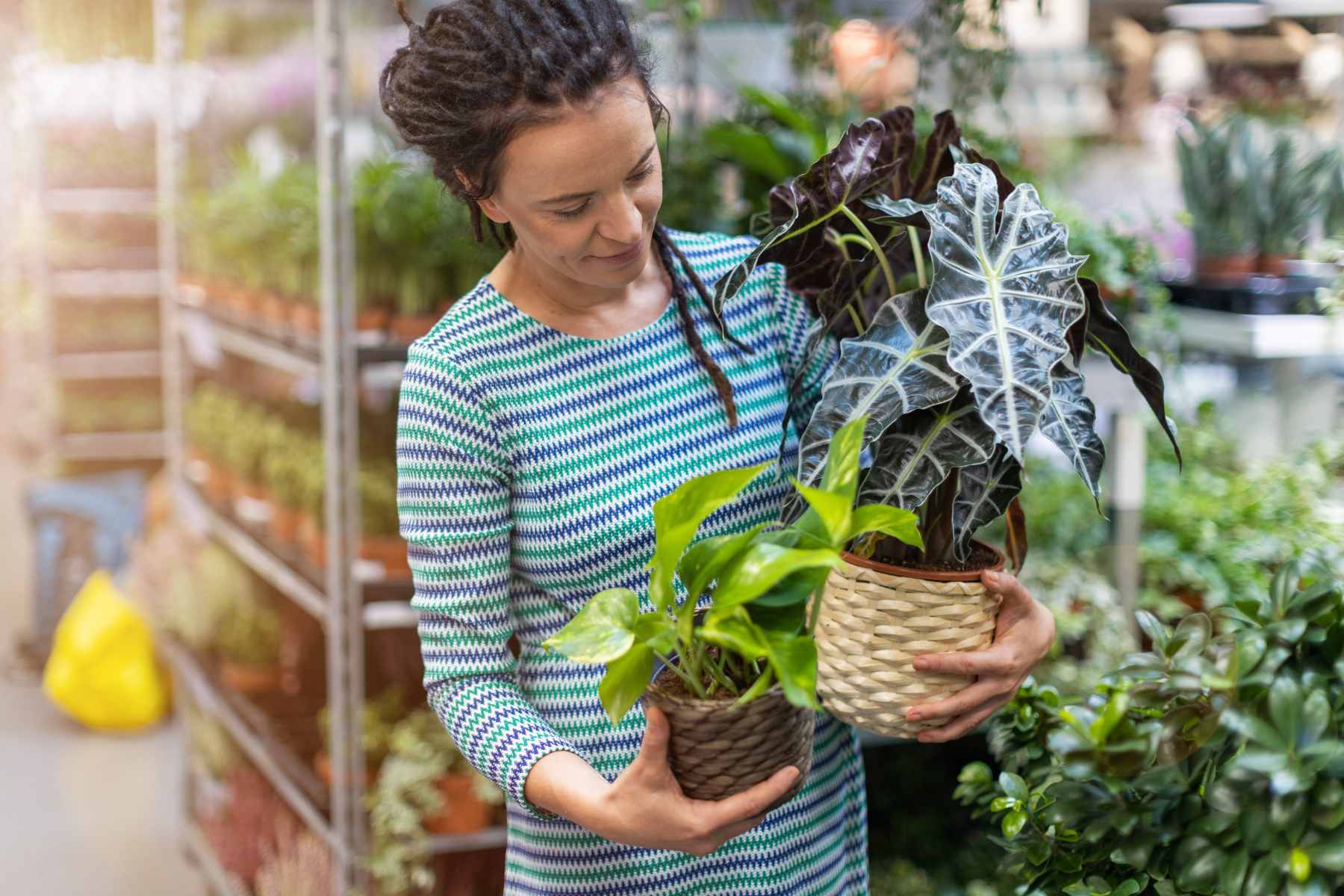
Checking New Plants Before Bringing Them Home
Visual Inspection
Before you bring a new plant home, give it a thorough once-over. Start from the top and work your way down, inspecting each leaf, stem, and even the soil surface. Use a magnifying glass to get a good look. See if there are any signs of trouble like tiny white insects, minuscule eggs, or even the sticky residue they leave behind.
Isolation
Once your new plant passes the visual inspection and makes it to your home, resist the urge to place it right next to your other plants. Set up a special spot away from other plants where your new addition can sit for at least a week—think of it as the new plant’s integration zone.
During this isolation period, keep an eye out for any signs of pest activity. Sometimes, pests like whiteflies can be in their nymph stages and not immediately visible. Even if no pests are visible, it’s a good practice to treat new plants with our Natural Plant Protector as a preventive measure. This helps ensure that any unseen pests do not establish themselves.
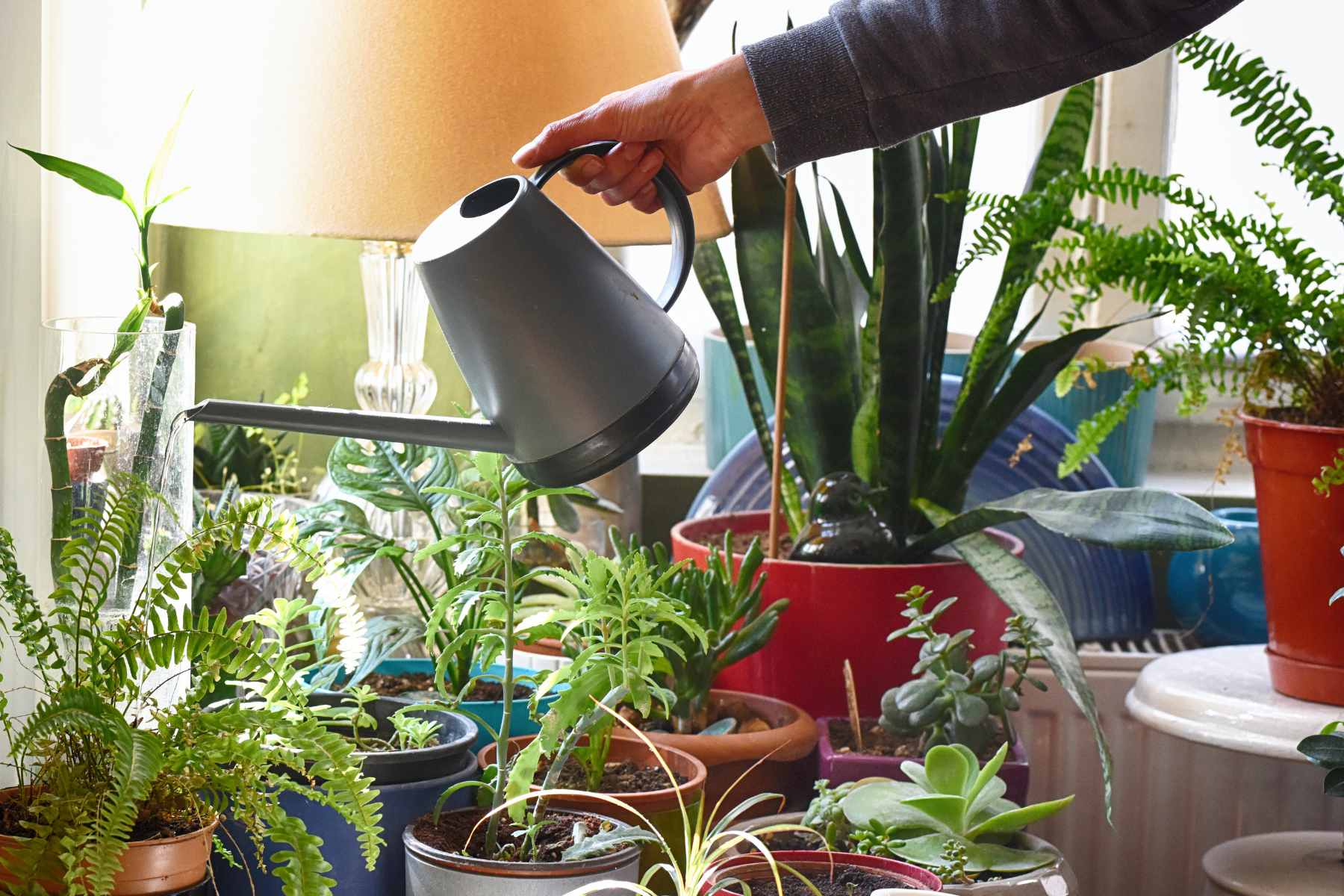
Conclusion
Whether you're battling whiteflies on what were once healthy houseplants or aiming to prevent an infestation altogether, remember that regular vigilance is your best defense. Make it a routine part of your gardening to inspect your plants—look under leaves, check for signs of infestation, and stay alert for any indications of whiteflies. The sooner you identify and eliminate whiteflies from your plants, the less damage they will be able to cause.
Deter and repel whiteflies using natural methods that enhance your garden’s health without relying on conventional synthetic pesticides. Our Natural Plant Wash is a perfect example of how you can protect your plants daily from whiteflies. When you spray plants as directed with products like natural and organic Lost Coast Plant Therapy, you're not just eliminating pests, you’re also helping to protect your plants against future attacks.
Keep in mind that the health of your plants also plays a crucial role in pest prevention. Healthy plants are less likely to succumb to whitefly infestations. Ensure your plants grow strong by providing them with proper nutrition, adequate watering, and suitable growing conditions.

FAQ's
What are some natural ways to get rid of whiteflies on plants?
An effective natural method is introducing natural predators that feed on whiteflies. Ladybugs, lacewings, and certain types of parasitic wasps are beneficial insects that can significantly reduce whitefly populations. Also, regularly applying our Natural Plant Protector is an excellent preventative measure to help prevent whitefly infestations before they start.
Can whiteflies infest both indoor and outdoor plants?
Yes, whiteflies can infest a wide range of plants, both indoors and outdoors. They are not particularly picky and will attack anything from ornamental flowers to greenhouse vegetables. Regular inspections of both indoor and outdoor plants are crucial to catch and manage infestations early.
What are the signs that my plants are affected by whiteflies?
Look for telltale signs such as tiny white flies around the plant, yellowing leaves, sticky honeydew on the leaves, and sooty mold. These symptoms suggest an active whitefly infestation and should be addressed promptly to prevent further damage to your plants.
Are there specific plants that are more susceptible to whitefly attacks?
While whiteflies can infest a variety of plants, they are particularly drawn to those with soft, new growth. Plants under stress, whether from under-watering, over-watering, or nutrient deficiencies, are also more susceptible. Keeping your plants healthy and monitoring them regularly can reduce their vulnerability to whiteflies.
See more FAQ's here.
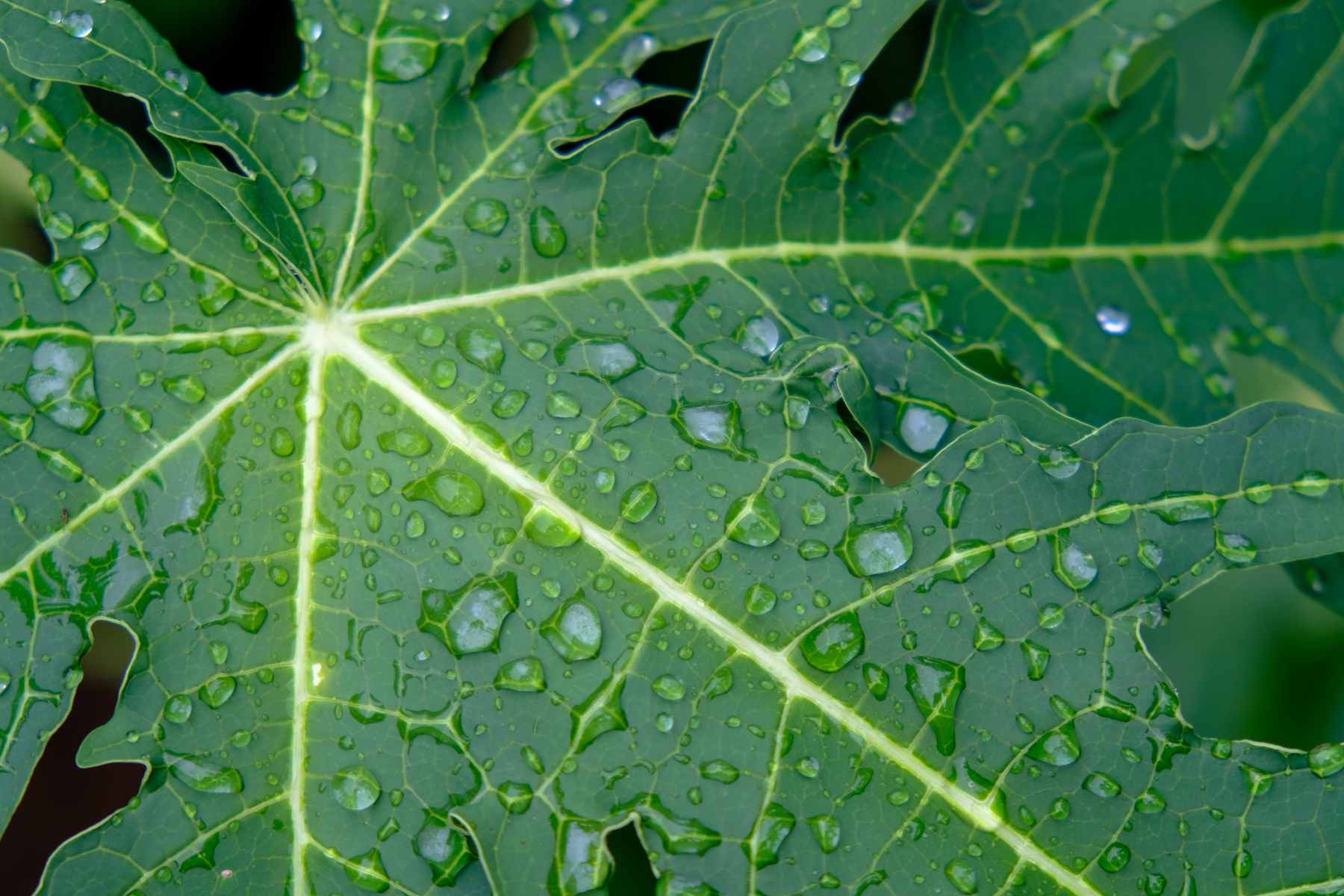
Additional Resources
Whiteflies - University of California Agriculture & Natural Resources
Controlling Whiteflies in your Garden - UC, Master Gardeners of Ventura County
Aphids | Life Cycle & Reproduction
Cabbage Aphids - University of Massachusetts Amherst
Spider Mites - Virginia State University


